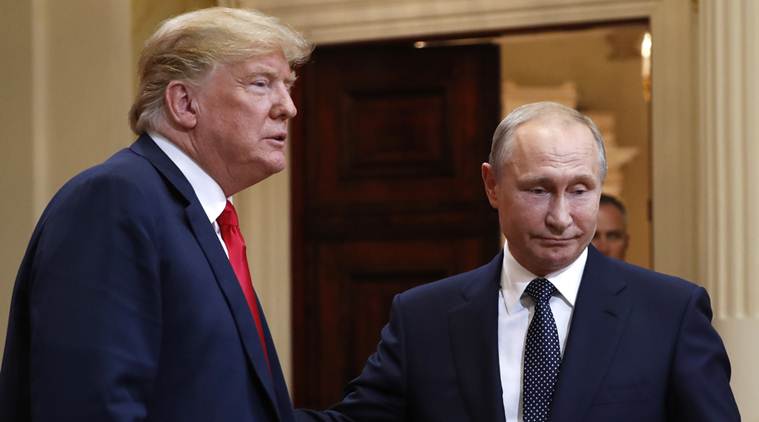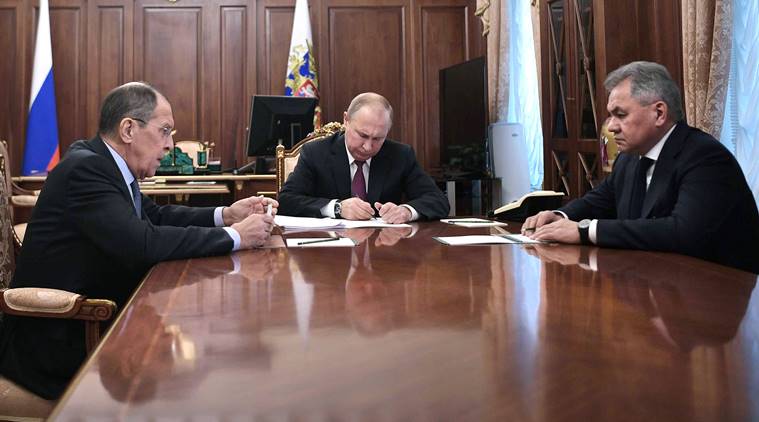By New York Times |Published: February 2, 2019 6:51:43 pm
What Is the INF Treaty and Why Does It Matter?
The treaty resolved a crisis of the 1980s when the Soviet Union deployed a missile in Europe called the SS-20, capable of carrying three nuclear warheads.

(Written by Andrew E Kramer and Megan Specia)
White House officials said Friday that the United States would begin withdrawal from a landmark 1987 nuclear arms-control pact with Russia, asserting the Russians have violated it for years.
The decision suspends American obligations under the treaty, and terminates the accord unless Russia comes into compliance within six months. But with Russia asserting it is complying, the outlook for preserving the treaty, regarded as one of the most important in the history of preventing nuclear war, is bleak.
Here is a look at the origins of the accord, known as the Intermediate-Range Nuclear Forces Treaty, and the possible impact of its demise.
1m 59s

U.S. to pull out of arms control deal in six months
The United States announced on Friday it will withdraw from the Intermediate-range Nuclear Forces Treaty with Russia in six months unless Moscow ends its alleged violations of the landmark 1987 arms control pact. Nathan Frandino has more.
What is the INF Treaty and how did it come about?
The treaty resolved a crisis of the 1980s when the Soviet Union deployed a missile in Europe called the SS-20, capable of carrying three nuclear warheads. The United States responded with cruise and Pershing II missiles based in Europe.

By the time President Ronald Reagan and Mikhail Gorbachev, the Soviet leader at the time, negotiated the deal to ban the weapons in 1987, the intermediate-range missiles had come to be seen as a hair trigger for nuclear war because of their short flight times — as little as 10 minutes.








































No hay comentarios:
Publicar un comentario